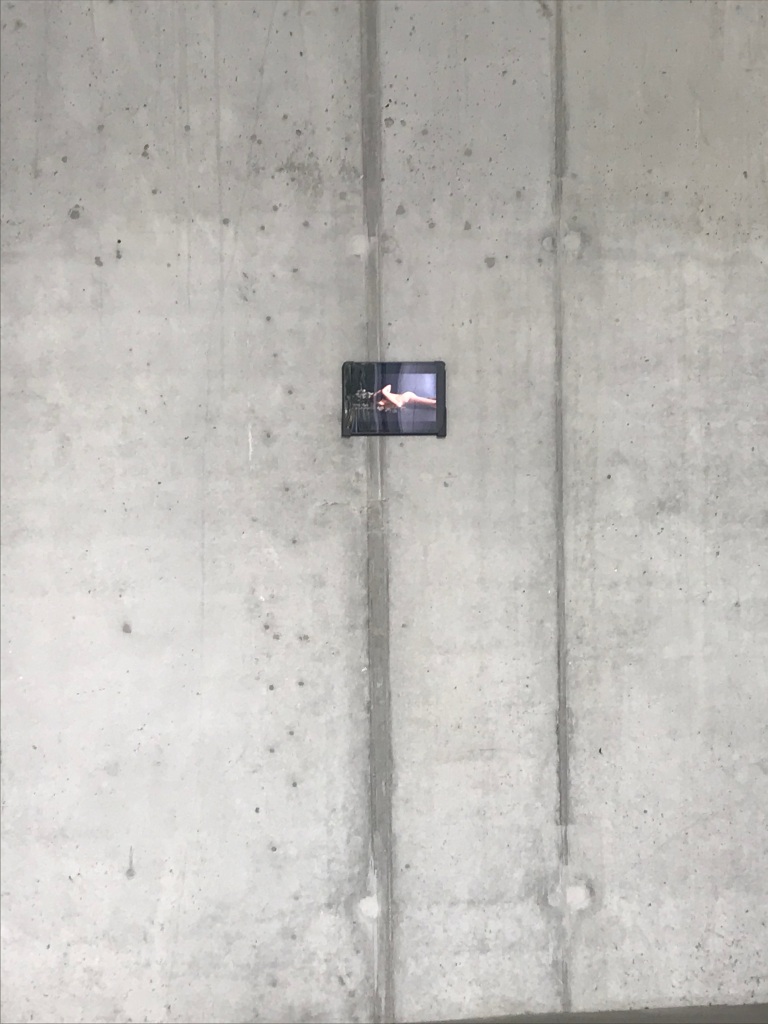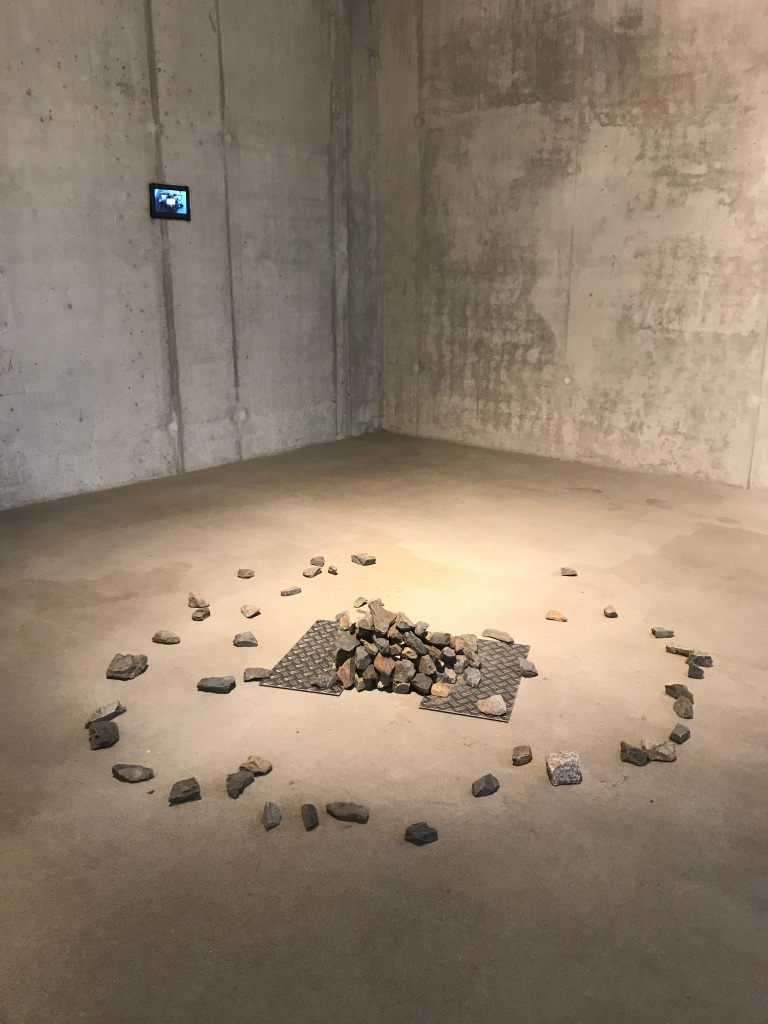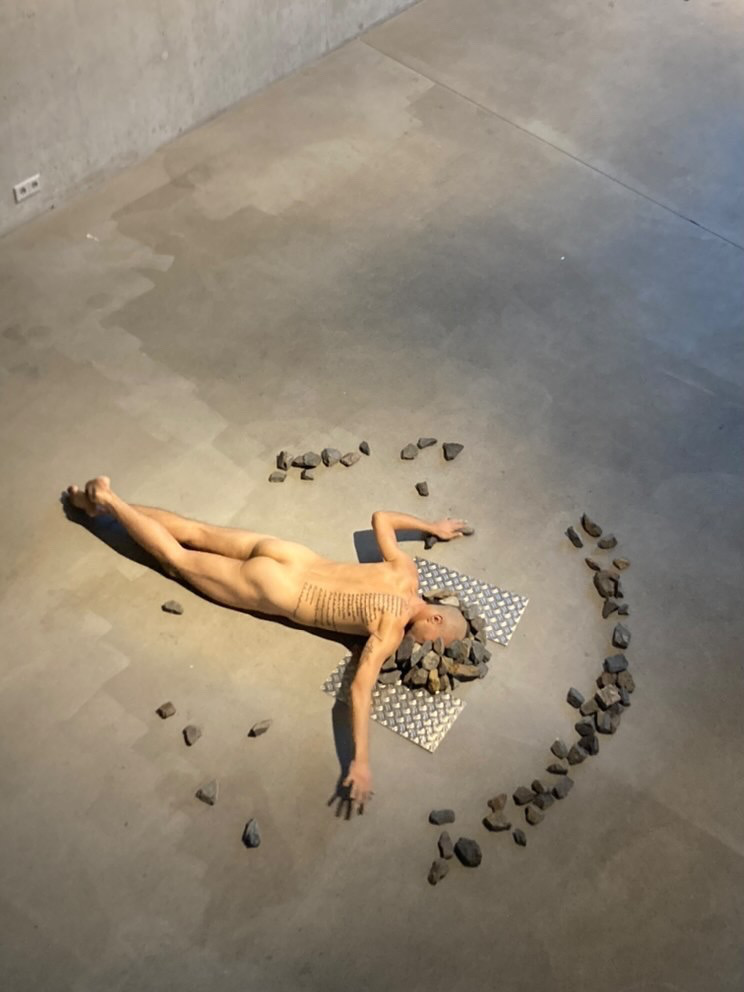


The mnemonic understanding of home which (refers to memory or the ability to aid in memory recall) could trigger memories and associations related to specific events, people, or periods of our lives. Home is typically the setting where our daily routines and habits take place. These repetitive activities create strong connections between specific spaces within our home and certain actions or memories which contribute to spatial memory, where we develop mental maps. What happens to this mental map during our journey? How do our bodies react after we seek refuge and arrive at a safe-r space? Does our spatial identification turn into a distorted memory? Does the idea of home turn traumatic? Do we seek to build a shelter to destroy it later? Are we repeating the same trauma? Does the journey really end? Does the “exile” become the new “home”? Does the heaviness of our memory archive affect our body expression? Where do we go from here? Do we stay in the present or carry the past with us? Are we ever able to move on from these experiences?How do we then, create a new home?
In this work I looked into the base material of building a home; the stone. Following a research on historical events, I found out that in 1961, East-Berliners used the S-Bahn as a getaway to flee to the Western part. In 2015, over one million Syrians followed the railroad as their main compass to cross East Europe to the West by foot on their asylum journey (myself included). Deconstructing these stories through the lens of urban politics, I collected stones from Berlin S-Bahn tracks, and I made a durational performance in which I attempt at building a shelter/home to cover my head using the stones I had collected. The stones gradually accumulate yet get heavier representing a physical burden, to later fall off, and I start over again with my head facing down as a symbolic gesture of defeat. Thus, signifying a failed attempt, centralising a body and its intensive movement in the space, and dealing with time as the contextual equivalent frame. It demonstrate how expectation can weigh heavily on an individual and how this weight can be so overwhelming that it can cause one to feel like they are starting from square one, no matter how much progress they have made.
I was often then reminded, within the binary context of construct/deconstruct, of how trauma therapy, from a personal lens, relied heavily on remembering/rebuilding the memory/trauma in order to analyse it and therefore dismantle/deconstruct it to eventually relieve and release the memory and limit its present impact. This process of rebuilding to treat and address the trauma and its unfortunate failures (setbacks) at the different stages of therapy was in my understanding strongly connected to the act of building home (stacking stones in this performance).
Medium: Durational Performance Installation. Dur: 03:00:00.
Year: 2021
The work was performed and exhibited at CoCulture as part of ‘ACROSS BORDERS: BODY & SELF’ exhibition, Berlin 2021.
Organized and Supported by Counterpoints Arts London,UK
